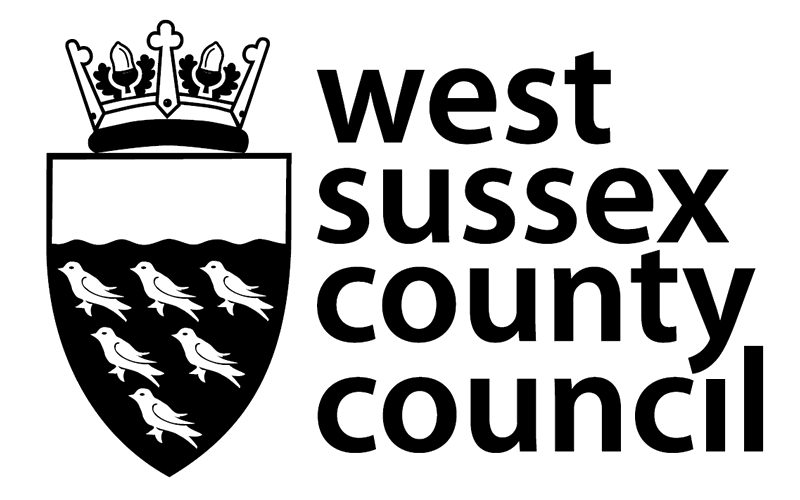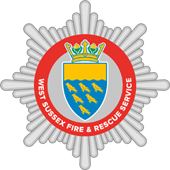2 How fire service performance is monitored
The Cabinet Member meets regularly with the Chief Fire Officer and sets clear strategic objectives for the fire service. These are included in the Integrated Risk Management Plan (IRMP).
Overview and scrutiny of the fire service is the responsibility of the Fire & Rescue Service Scrutiny Committee (FRSSC). Fire service matters, including performance data, are considered at committee meetings, which can view online.
To find out more about West Sussex Fire & Rescue Service, please read our annual report.
3 Our core code of ethics
West Sussex Fire & Rescue Service has adopted and embedded the new core code of ethics as a framework for all of its staff to carry out their work by.
These were prepared by the Local Government Association (LGA), the National Fire Chiefs Council (NFCC) and the Association of Police and Crime Commissioners (APCC).
Our core code of ethics are:
- Putting our communities first - We put the interest of the public, the community and service users first.
- Integrity - We act with integrity, including being open, honest and consistent in everything we do.
- Dignity and respect - Making decisions objectively based on evidence, without discrimination or bias.
- Leadership - We are all positive role models, always demonstrating flexibility and resilient leadership. We are all accountable for everything we do and challenge all behaviour that falls short of the highest standards.
- Equality, diversity and inclusion (EDI) - We continually recognise and promote the value of EDI both within the FRSs and the wider communities in which we serve. We stand against all forms of discrimination, create equal opportunities, promote equality, foster good relations and celebrate difference.
4 Our drone and how we use it
The drone (unmanned aerial vehicle) helps us survey an incident from above, providing live images and thermal imagery. By providing an aerial view of an incident, drones help incident commanders develop tactics to help tackle it.
Drones may also be able to access areas which are unsafe for firefighters. Overall, they improve safety for our crews and help improve our response to incidents.
The thermal imaging camera can detect heat sources and may be used to:
- check the temperature of cylinders at risk of exploding
- monitor heat spread in a warehouse fire
- spot casualties in water.
There are two cameras that can be fitted to the drone:
- A high-definition camera for image photography and video recording.
- A thermal imaging camera that detects heat.
A robust privacy impact assessment and mitigation has been created to prevent filming or photography that is not required.
Drone operators
In order to operate the drone, a drone pilot must have completed a Civil Aviation Authority (CAA) accredited training course and carry out extra training for more specialist uses, such as night flying.
The drone is operated by a minimum of two people - one who pilots it and one who operates the cameras. Whenever possible, a third person will also attend to help with setting up and acting as an observer for any hazards.
Drone flight restrictions
As part of the ‘Permissions for Commercial Operations’, and also as responsible drone operators, WSFRS will always ensure that the drone is flown:
- within the line of sight of a remote pilot
- below 120 metres in height
- at least 50 metres from people, property, vehicles and vessels WSFRS is not in control of
- 30 metres away from people during take-off
- clear of any aircraft, airports and airfields.
We have a General Exemption E4506 of the CAA Air Navigation Order to fly the drone outside of the normal commercial operations under emergency conditions. These form part of the CAA's drone code and all responsible drone users will fly within these guidelines.
Our operations will include responding to all incidents as detailed in the Fire and Rescue Services Act.
Record retention
The drone will only capture photographic images or video footage if there is an organisational need. Any image or video that is taken at an incident is reviewed and either destroyed if not required, or put into a robust digital storage system, which is covered by a data retention policy.
When the drone is being flown the drone pilots will always wear fire service uniform to clearly identify themselves.
Detailed records about all flights, images and footage captured and any other information about the drone that is required by the CAA are maintained.


